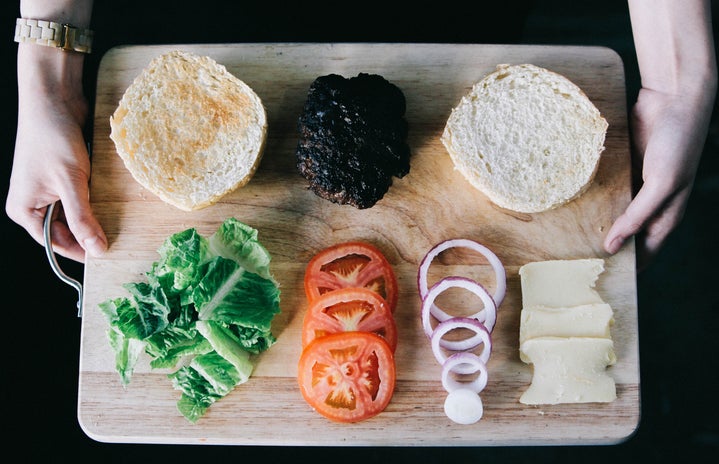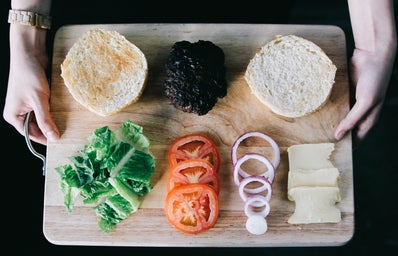Completing my reviews of The New Yorker’s Most Read Stories of 2017, I read “The Prairie Wife” by Curtis Sittenfeld.
Upon my completion of The New Yorker’s most read short stories, a theme of sex and relationships is obvious. Three out of the five stories were strongly centered on relationships, failed, failing, or reminiscent of them. “The Prairie Wife” was right on brand with this theme.
Curtis Sittenfeld is a bestselling author whose book Prep was one I read in high school and actually completed a university project on during the spring of 2018. Prep was a fictional novel about Lee, a fourteen-year-old from Indiana who attends an elite boarding school in Massachusetts.
After realizing that this was the same author who wrote Prep, it was clear to see the similarities between the two stories.
“The Prairie Wife” begins by detailing Kirsten, a married, middle-aged mother of two, and her obsession with a celebrity cook named Lucy whose rise to fame earned her the title of The Prairie Wife. As a Gen Z, I always like to note when a contemporary author includes the modern streams of media such as Twitter and Instagram in their stories, and Sittenfeld certainly does this. The narrator, Kirsten, uses almost every social media outlet to keep tabs on Lucy.
From the beginning, it’s clear the Kirsten has something against the Prairie Wife. Kirsten refers to the religious, home-cooking celeb as a “hypocrite” and claims that she has an anonymous tip that would end Lucy’s career. But, it isn’t until the middle of the story that we find out what that tip is.
The short story is divided into three parts: the first is an introduction of the characters and the conflict, the second a backstory which gives the source of the conflict, and then a look at the present when the action related to the conflict takes place in the third.
Kirsten’s explanation of her obsession with the Prairie Wife and her claim that she’s a hypocrite is explained in the second section of the story. During the summer of their freshman year of college, the two girls were counselors at the same summer camp. At that time, Lucy introduces herself as a lesbian, which Kirsten takes note of and comments that she “knew few gay students at her Jesuit college.”
Lucy begins to show interest in Kirsten, who identifies as straight and thus doesn’t return Lucy’s advances. That changes, however, one night after a staff party. The two hook-up and then continue to have sex until the end of the summer.
But throughout Lucy and Kirsten’s relationship, Kirsten is reluctant to label herself as a lesbian or to even admit that she’s having sex with Lucy. When another camper asks Kirsten if she’s seeing Lucy, Kirsten responds, “Who?” and leaves it at that.
Upon returning to college, Kirsten receives a letter with a mixtape in it. The tape is from Lucy who put songs like “I Melt with You” and “Making Love to You Was Never Second Best” on it. Kirsten never listens to the whole tape and never writes Lucy a response.
Returning to present day, Kirsten is determined to ruin Lucy by exposing their past relationship. But before Kirsten can do this, Lucy reveals her past herself during a televised interview. During this live interview, Lucy says that she considers herself bisexual and says that she has had relationships with women in the past, even though she and her husband are monogamous.
Suddenly stripped of her own potential claim-to-fame and tool to take down Lucy, Kirsten is beside herself. As Kirsten experiences a breakdown, we learn that her partner Casey, who throughout the story has remained genderless, is a woman.
Kirsten is deeply disrupted by losing an obsession that she’s had for so long and reveals her insecurity in herself and her current relationship. Kirsten starts to question if her life would have been different if she hadn’t hooked up with Lucy that summer at camp. Casey reassures Kirsten that she loves her and even thanks Lucy for “initiating” Kirsten, but the story ends with Kirsten messaging Lucy over twitter and hoping for Lucy to respond.
An unexpected moment, for me at least, was when we find out that Kirsten’s partner is a woman. Perhaps this was more apparent to other readers, but I definitely was confused when we learn that Casey isn’t a man. I think this is because Sittenfeld purposely picked an androgynous name and by specifically saying that Kirsten has dated men, she alluded to Kirsten being straight. By having Kirsten be the one married to a woman and not Lucy, who was the proud lesbian to begin with, Sittenfeld introduces the potential for Kirsten to still be uncomfortable with her sexuality.
This was an interesting story on the question of identity, on understanding your past and moving on from it. The character’s emotions are relatable and the modernity of the subject makes it applicable to the realities of the 21st century. This story exemplifies the themes of modern fiction while reflecting on the conflicts and controversy that our world is dealing with now. For these reasons, I think this story is a good reflection of 2017 fiction and deserves to be among the most read of The New Yorker.
Want to keep up with HCBU? Make sure to like us on Facebook, follow us on Instagram, check out our Pinterest board, and read our latest Tweets!



